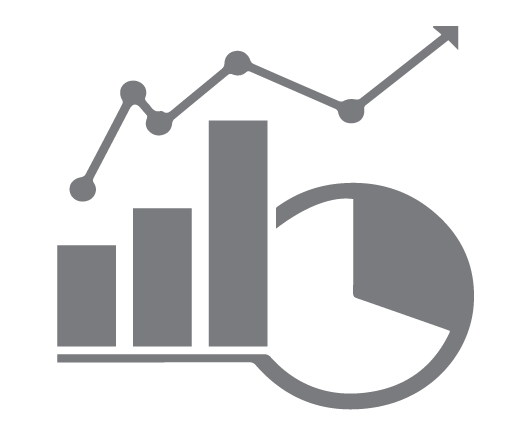Editor’s Note:
The 2007-2008 financial crisis challenged the Federal Reserve, leading to unprecedented actions under Chairman Ben Bernanke. This essay critically examines the Fed’s response, including rapid interest rate cuts, emergency lending programs, and direct capital injections. While these measures aimed to stabilize the economy, they faced criticism for potentially undermining credibility, creating moral hazard, and raising inflation concerns. The crisis expanded the Fed’s role, increased scrutiny of its actions, and highlighted the need for global monetary coordination. Reflecting on this period, the essay underscores the importance of balanced crisis intervention and robust financial regulation.
A Critical Analysis of Federal Reserve Actions During the 2007-2008 Financial Crisis
The 2007-2008 financial crisis presented unprecedented challenges to the Federal Reserve, leading to a series of controversial decisions and actions. This essay examines the Fed’s response to the crisis, focusing on the leadership of Chairman Ben Bernanke and the long-term implications of the Fed’s policies.
The Fed’s Unconventional Approach
During the crisis, the Federal Reserve, under Bernanke’s leadership, took several unconventional steps:
1. Rapid and significant interest rate cuts
2. Implementation of emergency lending programs
3. Direct capital injections into banks (in coordination with the Treasury)
4. Expansion of the Fed’s balance sheet through asset purchases
These actions represented a departure from traditional monetary policy tools and raised questions about the Fed’s role and powers.
Criticisms of Bernanke’s Approach
Several criticisms have been leveled at Bernanke’s handling of the crisis:
1. Credibility and Predictability: The Fed’s rapid policy shifts and emergency actions may have undermined its credibility and created uncertainty in the markets.
2. Delayed Recognition of the Crisis: There are arguments that Bernanke initially misdiagnosed the crisis as commodity-driven rather than stemming from the housing market collapse.
3. Potential Overreach: Some actions, particularly those involving direct market interventions, raised concerns about the Fed overstepping its constitutional mandate.
4. Inflationary Concerns: The massive liquidity injections and low interest rates led to fears of future inflation and asset bubbles.
5. Moral Hazard: The bailouts of financial institutions may have created moral hazard, encouraging risky behavior in the future.
Long-Term Implications
The Fed’s crisis-era policies have had lasting effects:
1. Expanded Fed Powers: The crisis expanded the Fed’s role in the financial system, blurring the lines between monetary and fiscal policy.
2. Low Interest Rate Environment: The prolonged period of near-zero interest rates has had far-reaching effects on savings, investment, and asset prices.
3. Increased Scrutiny: The Fed’s actions during the crisis led to increased political and public scrutiny of its operations and decision-making processes.
4. Global Monetary Policy Coordination: The crisis highlighted the need for greater coordination among central banks globally.
Conclusion
While the Federal Reserve’s actions during the 2007-2008 financial crisis were unprecedented and controversial, they were taken in response to an extraordinary economic threat. The long-term consequences of these actions continue to shape economic policy and discussions about the role of central banks.
As we reflect on this period, it’s crucial to consider the balance between necessary crisis intervention and the potential risks of overreach. The experience of the financial crisis underscores the need for robust financial regulation, transparent central bank operations, and ongoing debate about the appropriate tools and limits of monetary policy in times of crisis.
Future policymakers and economists will undoubtedly continue to study this period, seeking lessons to better prepare for and respond to future economic challenges. As students of economics, we must approach these complex issues with critical thinking and an understanding of the difficult trade-offs involved in economic policy decisions.
Works Cited:
- Bernanke, B. S. (2009). “The Federal Reserve’s Response to the Financial Crisis.”
- “Federal Reserve’s Response to the Financial Crisis.” (2021). Investopedia. Retrieved from https://www.investopedia.com/articles/economics/09/federal-reserve-response.asp
- Taylor, J. B. (2009). “Getting Off Track: How Government Actions and Interventions Caused, Prolonged, and Worsened the Financial Crisis.”
- Mishkin, F. S. (2010). “Over the Cliff: From the Subprime to the Global Financial Crisis.”
- Blinder, A. S. (2013). “After the Music Stopped: The Financial Crisis, the Response, and the Work Ahead.”
- Federal Reserve Bank. (2008). “Monetary Policy and the Financial Crisis.”
